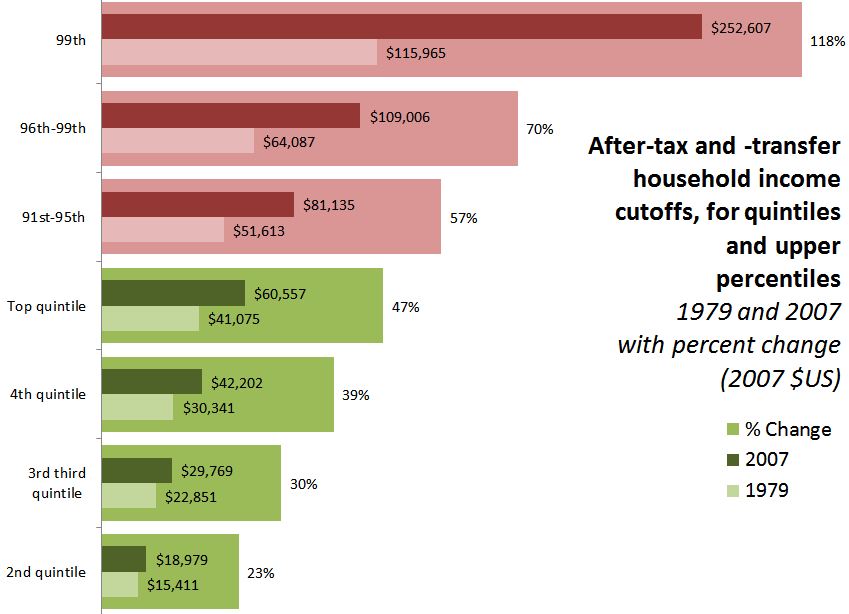
My colleague and co-author, Lisa Wade (you’d know her better as one of the people behind SocImages), gave a seven-minute speech at an Occupy Teach-In at our shared institution, Occidental College. She said I could post it for you.
In the video she says she’s optimistic about the movement because it’s deeply sociological, drawing our attention to the way we organize our society, not just the individuals in it. She contrasts this ability to critique the system with the early years of the Great Depression, during which many of the unemployed felt like they had failed their families because of personal faults (leading to a rise in the suicide rate). Then, using the truly inspirational story of the 1955 Montgomery bus boycott (in which people walked to work and rode carpools for over a year!), she warns students that the movement is about to stop being fun and require real commitment. She ends by asking the the audience whether they can rise to the occasion and make the sacrifices needed to move Occupy forward to achieve specific demands.
Also see the three-minute bit on hook up culture that she did for MTV Canada.










